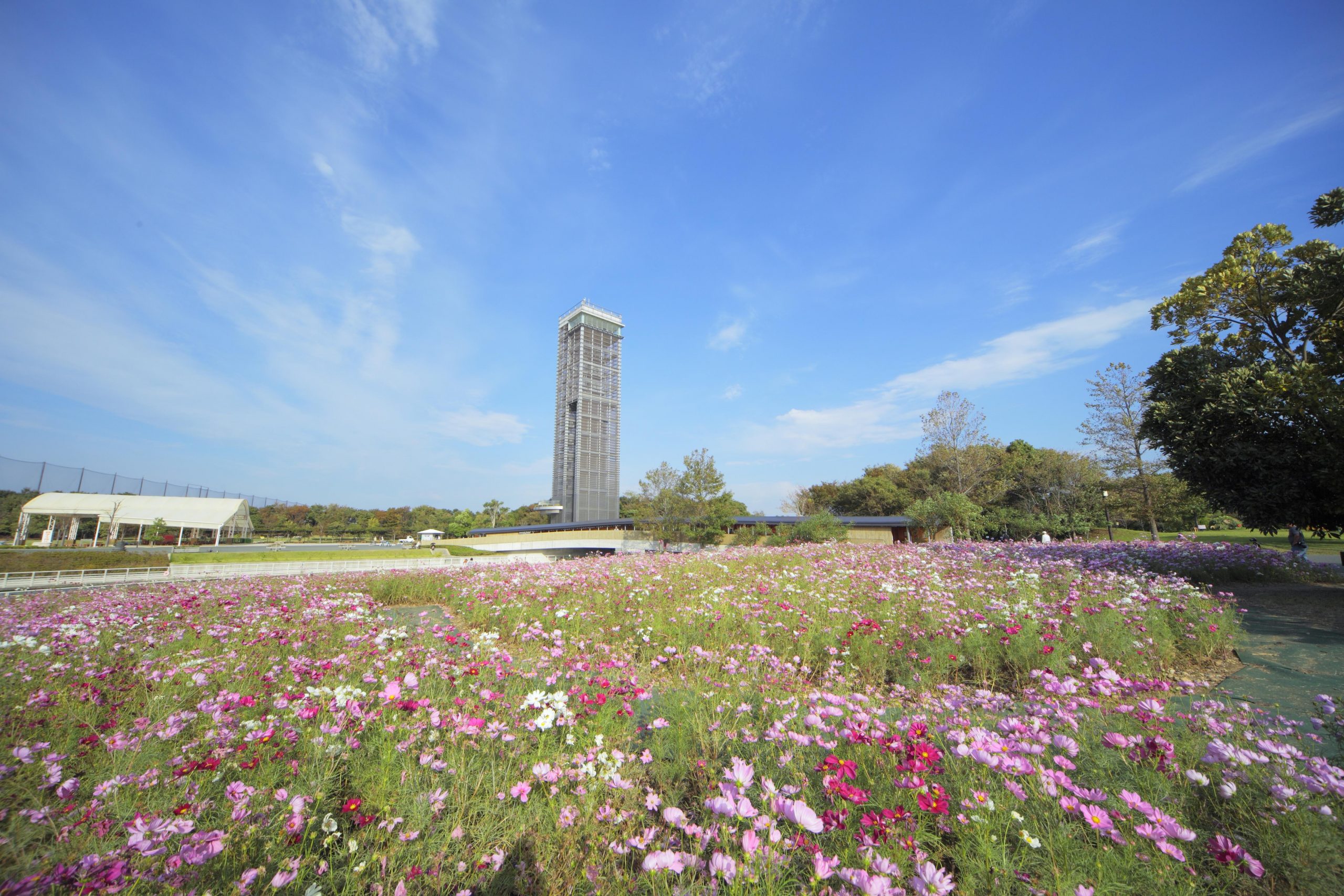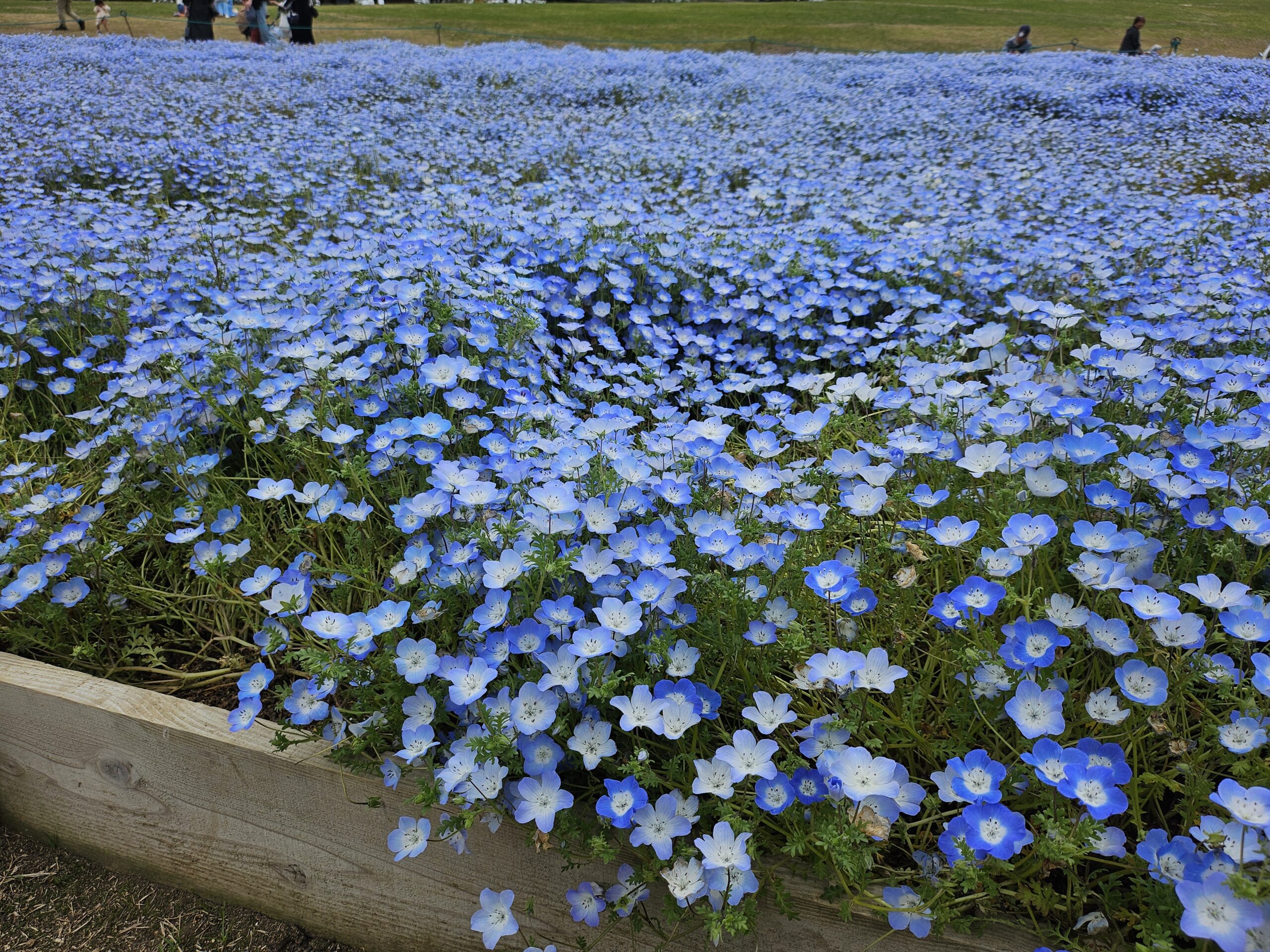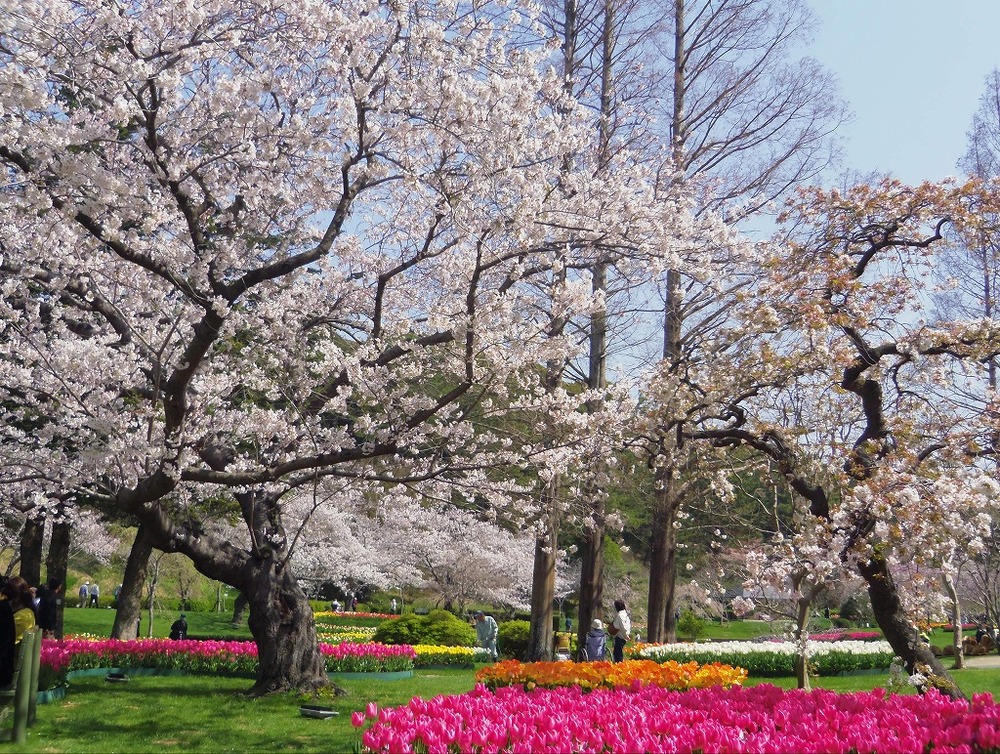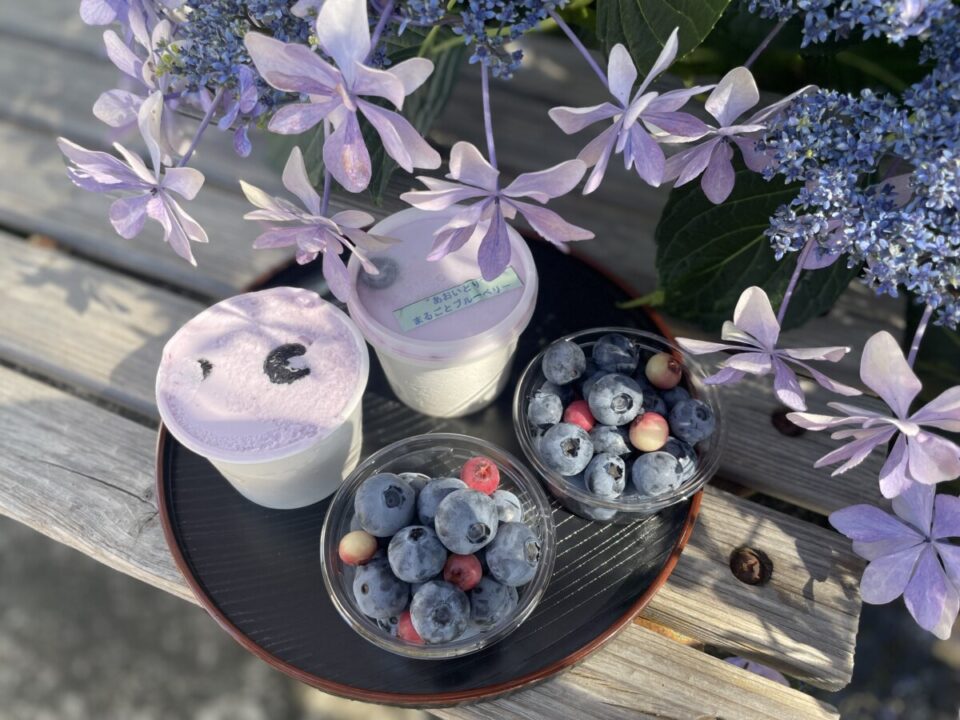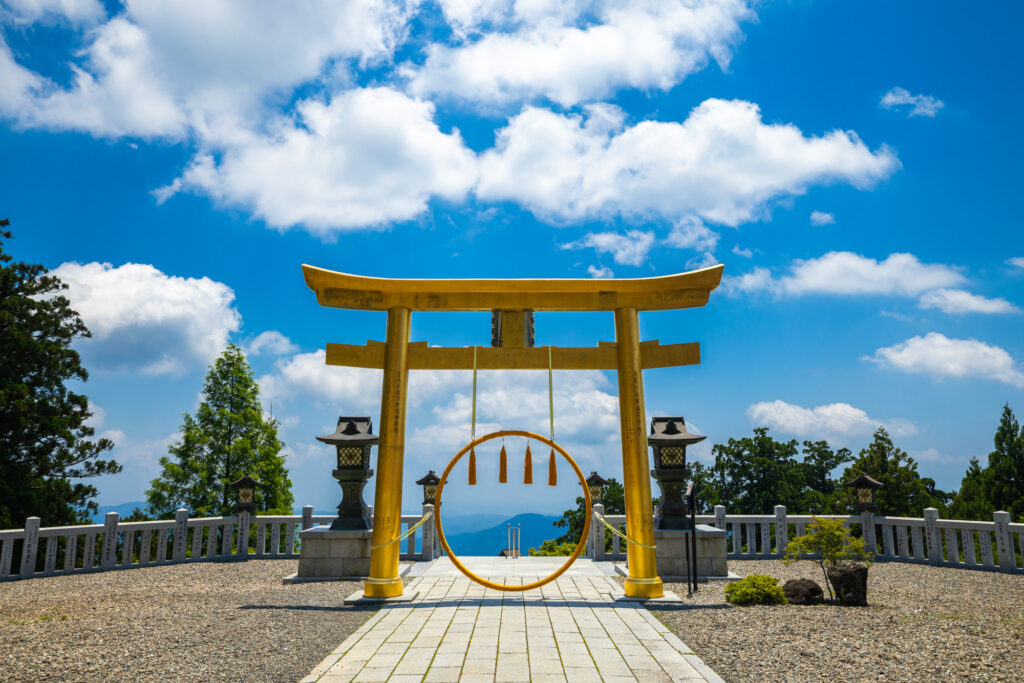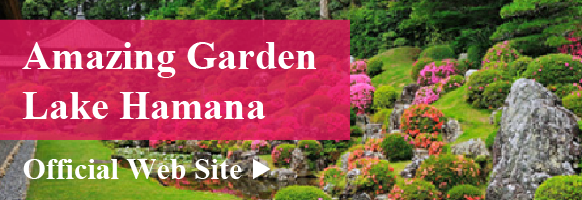Get to Know Hamamatsu
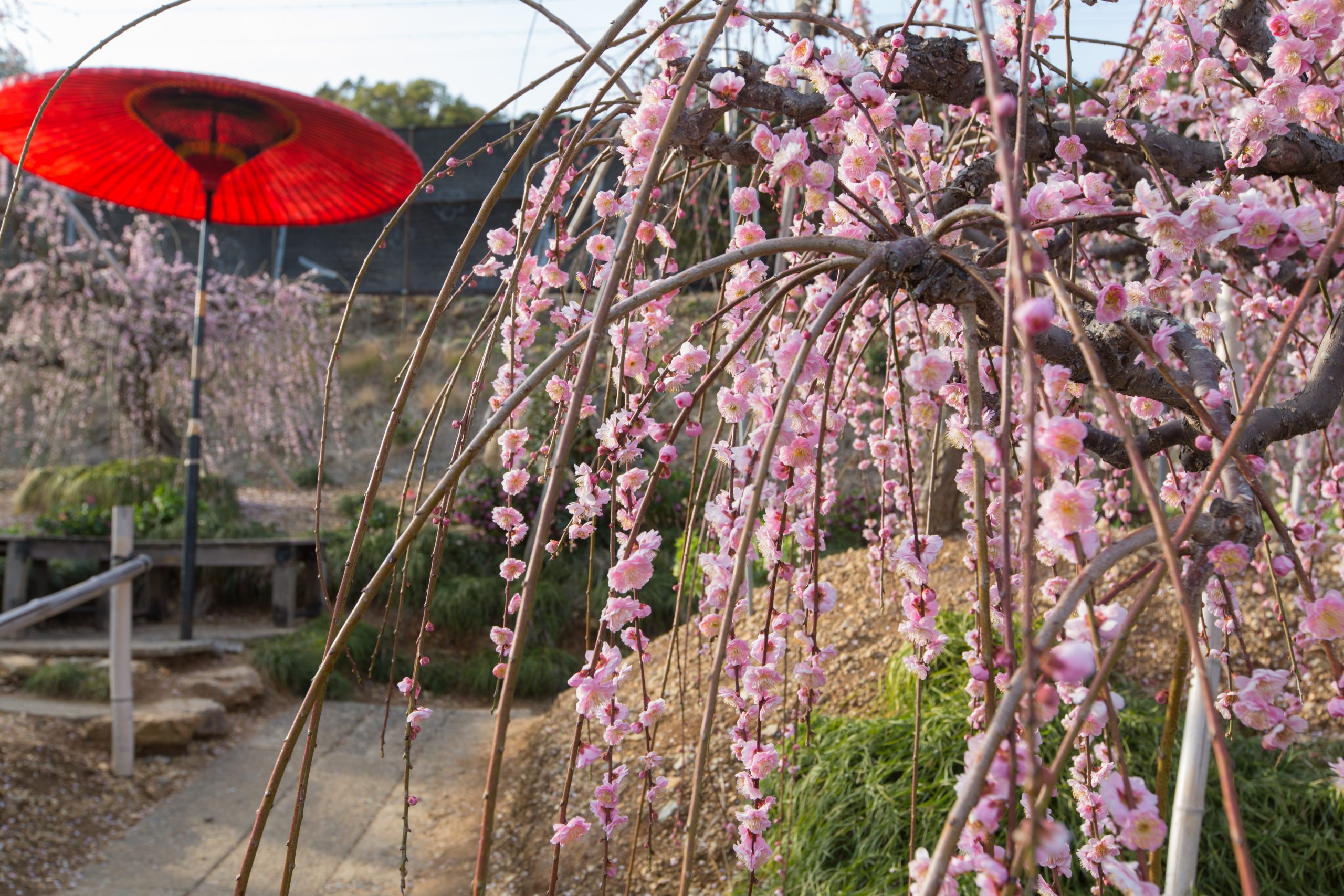
- Watch
Follow the Flowers: 6 Flower-Filled Destinations in Central Japan
We will introduce six famous flower viewing spots in the Central Japan. You can enjoy a variety of flowers depending on the season…
We will introduce six famous flower viewing spots in the Central Japan.
You can enjoy a variety of flowers depending on the season.
If you’re interested, please come and visit.
*Please check the flowering status at each spot.
1. Atsumi Peninsula: Rape flower fields [Tahara City, Aichi Prefecture]
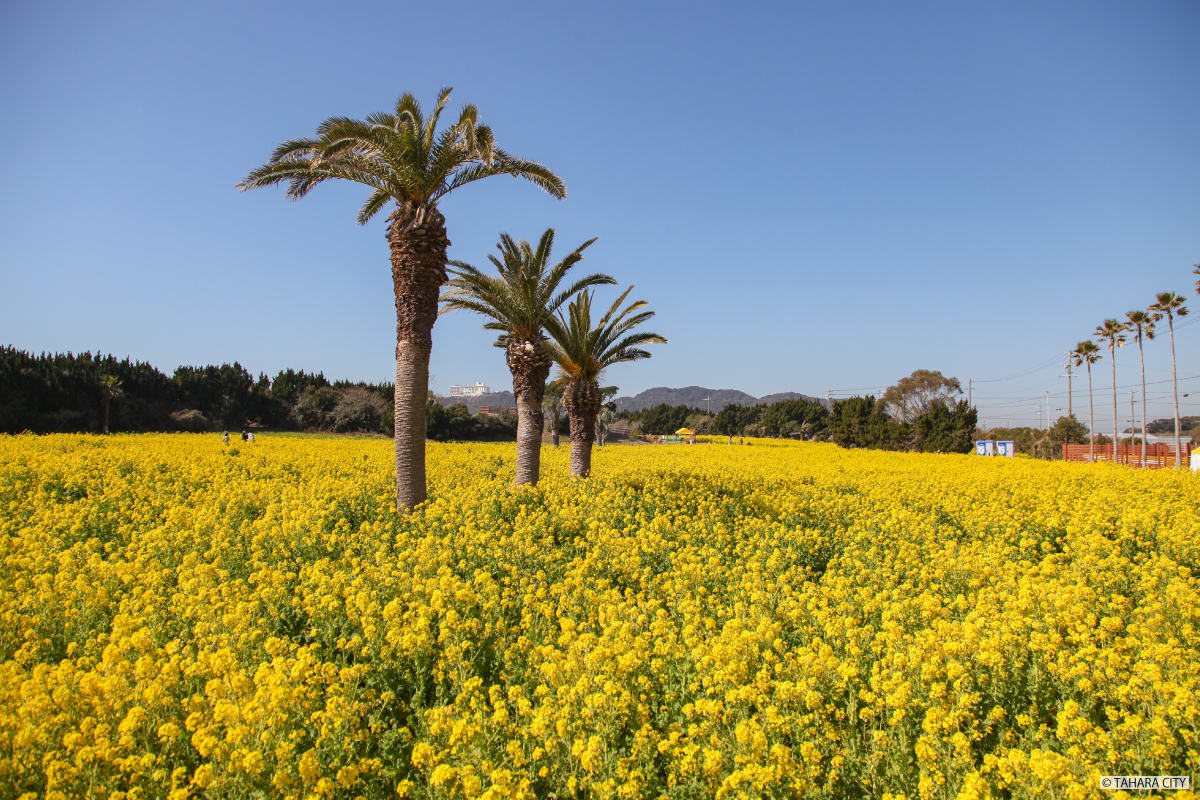
Photo provided:Tahara City
The Atsumi Peninsula Rape Blossom Festival is held every year from January to March, and the entire peninsula is dyed in bloom in the blossoms. During the event, the main venue, Irago Nanohana Garden, will offer wonderful photo spots for memorable occasions, as well as gourmet food to enjoy in the spring. There are various events scheduled over the weekend, so please check the official website.
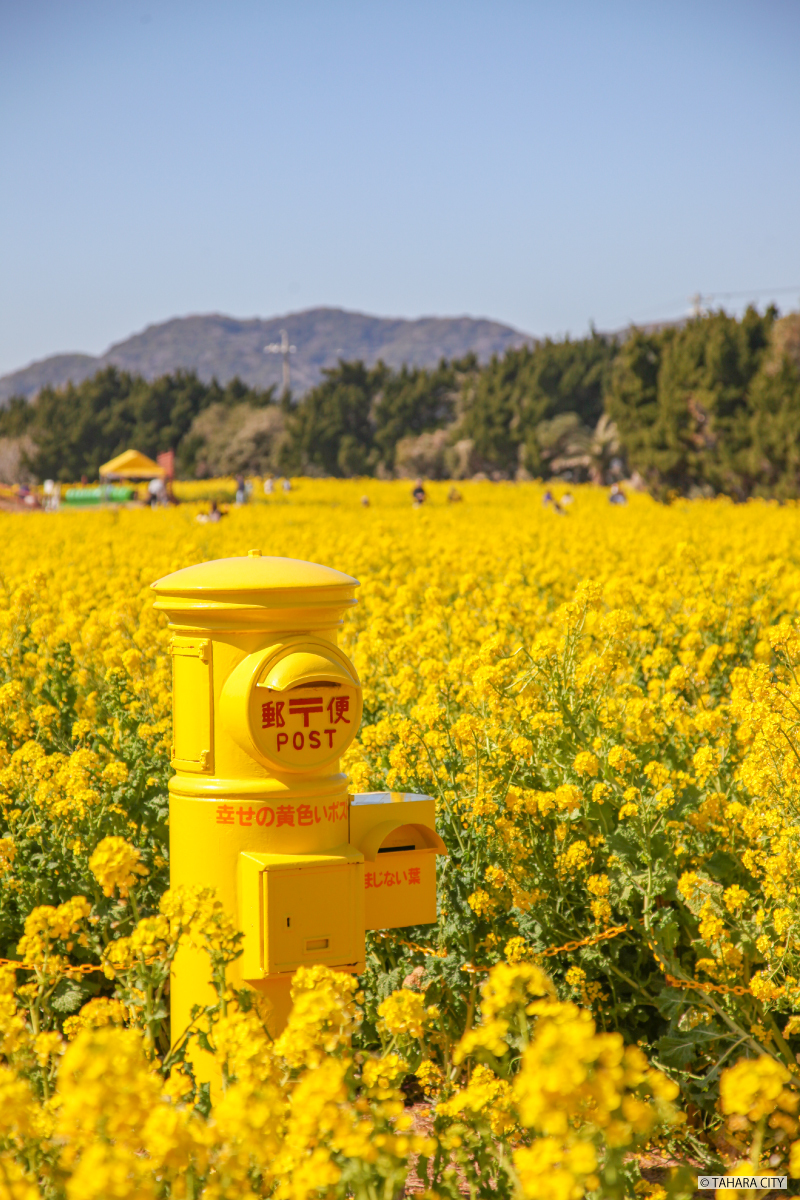
Photo provided:Tahara City
Access: About 90 minutes by car from the Otowa-Gamagori IC on the Tomei Expressway. Transfer to the Toyotetsu Bus Irago Main Line and get off at the Myojin-mae bus stop, then walk for about 20 minutes. *Please check the official website for details about shuttle buses during the Nanohana Festival.
2. Shoryu Weeping Plum Garden [Hamamatsu City, Shizuoka Prefecture]

The Shoryu Weeping Plum Garden, where the flowers can only be seen for one month, is scheduled to open between mid-February and mid-March every year. All the plum trees planted in the garden are weeping plum trees, and there are over 10 varieties.
The unique tailoring method evokes the image of a dragon grasping a cloud and rising to the heavens. A popular attraction is the tunnel that takes you through a shower of flowers that resembles the inside of a dragon’s body.
In addition, Christmas roses are planted under the plum blossoms, so you can enjoy the flowers together during the opening hours of the garden. Please check the official website for details such as opening times.
Access: About 15 minutes from Hamamatsu-Nishi IC on the Tomei Expressway. Take the bus bound for Kanzanji Onsen from bus terminal no. 1 at the north exit of JR Hamamatsu Station, get off at the Dobutsuen stop, and walk for 30 minutes.
3. Sunflower fields in Akeno, Hokuto City [Hokuto City, Yamanashi Prefecture]
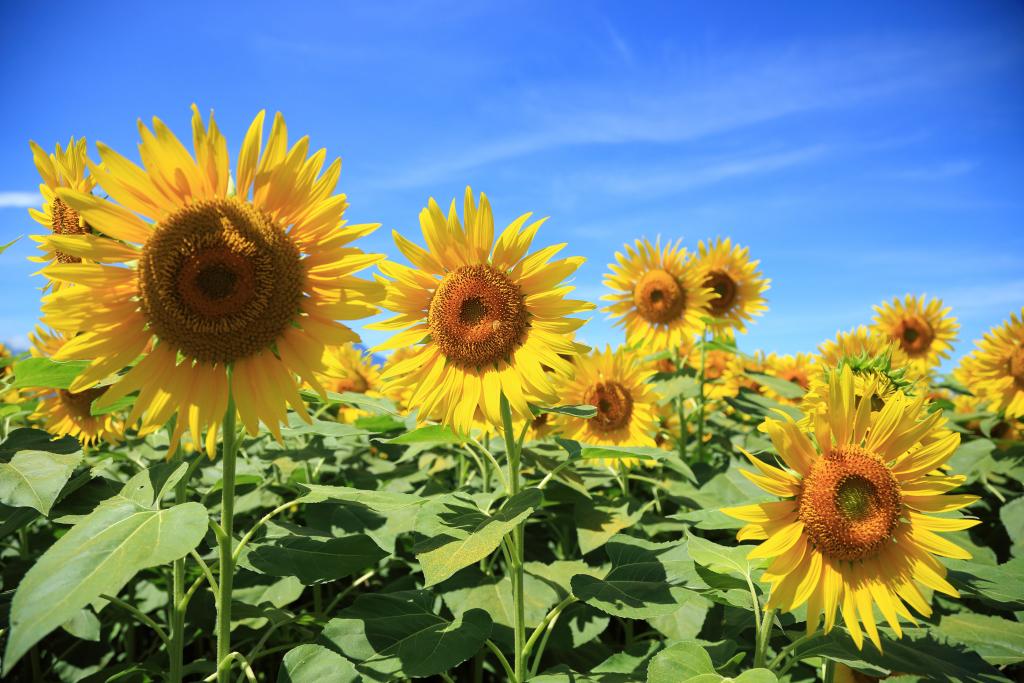
Photo provided:Yamanashi Tourism Organization
Akeno Town in Hokuto City boasts some of the longest hours of sunshine in Japan. Every year, local residents plant sunflower seeds, which produce 400,000 flowers, and hold the Hokuto City Akeno Sunflower Festival. In addition to enjoying the 360-degree panoramic view, there are plenty of events, such as strolling through the sunflower fields and food stalls.
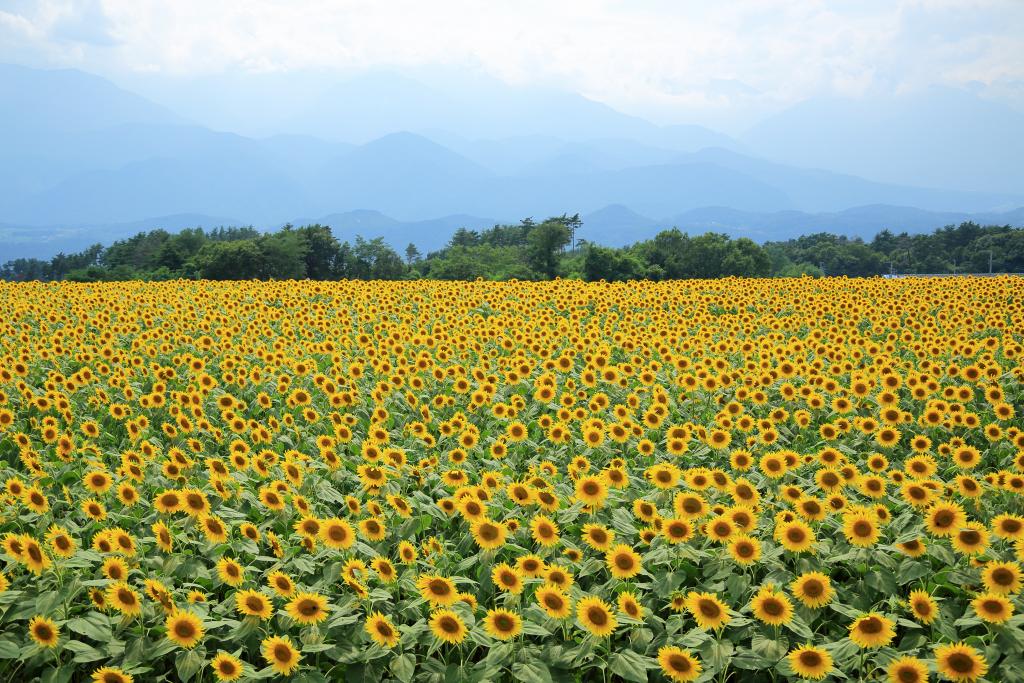
Photo provided:Yamanashi Tourism Organization
For the latest information, please visit the official website.
Access: About 15 minutes from Sutama IC on the Chuo Expressway. From JR Chuo Main Line Nirasaki Station, take the Yamanashi kyohoku Kotsu Bus Mizugaki Denen Bus for about 24 minutes and get off at Akeno Tsumitorien.
4. Hamamatsu Flower Park [Hamamatsu City, Shizuoka Prefecture]
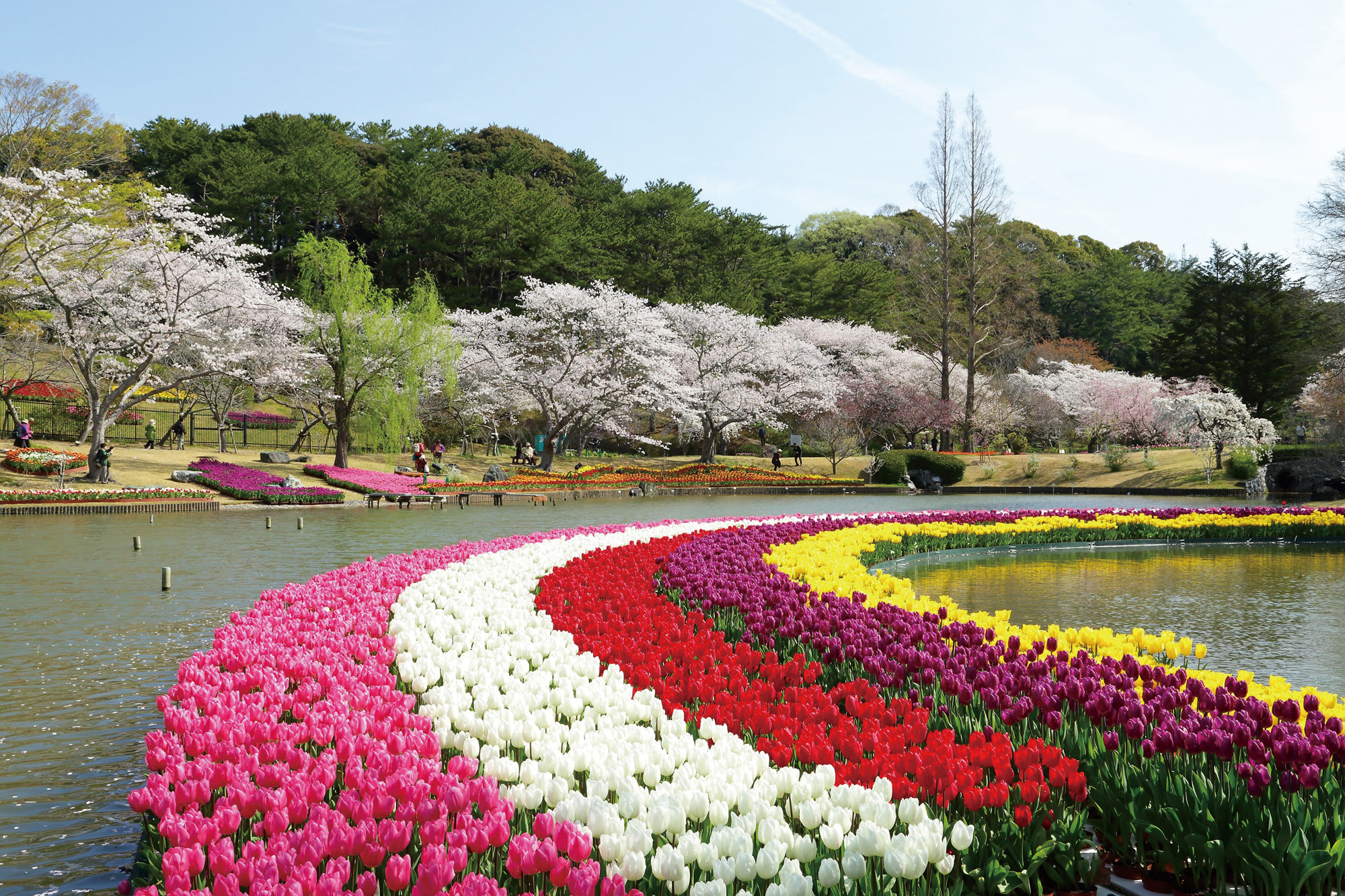
The garden was created by taking advantage of the natural topography of the shores of Lake Hamana, and is home to what is said to be the most beautiful “Cherry Blossom and Tulip Garden” in the world, as well as wisteria, roses, hanashobu, and other flowers that decorate the flower beds, all blooming in glory throughout the seasons, creating a relaxing space. Other popular attractions include the Crystal Palace, a large greenhouse that displays elaborate seasonal exhibits, the Great Fountain Show, which combines water and music, and the Flower Train, a sightseeing ride that runs through the gardens. In addition to various events, the park is open at night during cherry blossom, Wisteria and Christmas seasons.
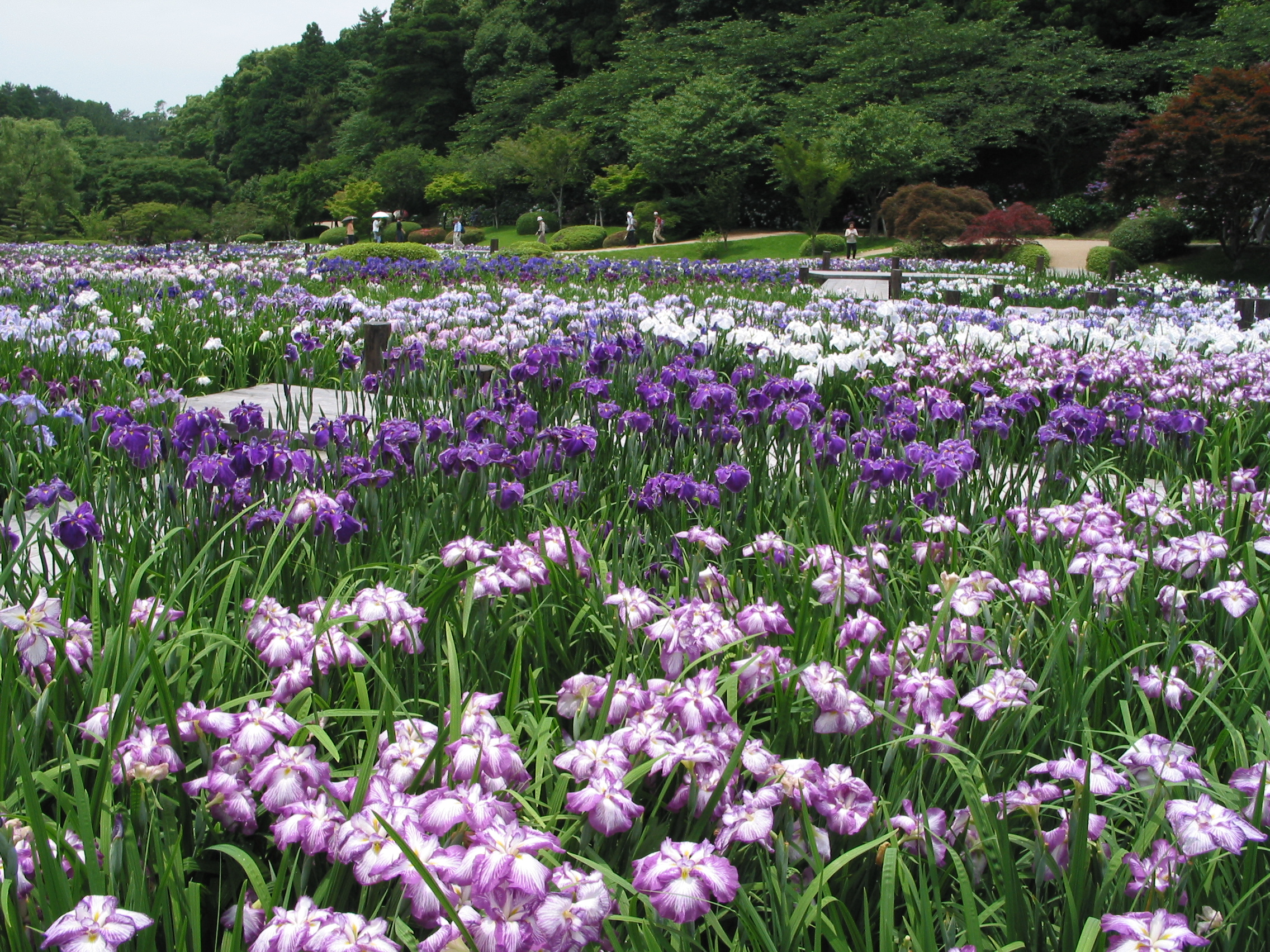
Access: Take the bus bound for Kanzanji Onsen from bus stop number 1 at the north exit bus terminal of JR Hamamatsu Station, and get off at the Flower Park bus stop (approximately 40 minutes). Approximately 15 minutes from the Hamamatsu-Nishi Interchange on the Tomei Expressway.
5. Atami Plum Garden [Atami City, Shizuoka Prefecture]
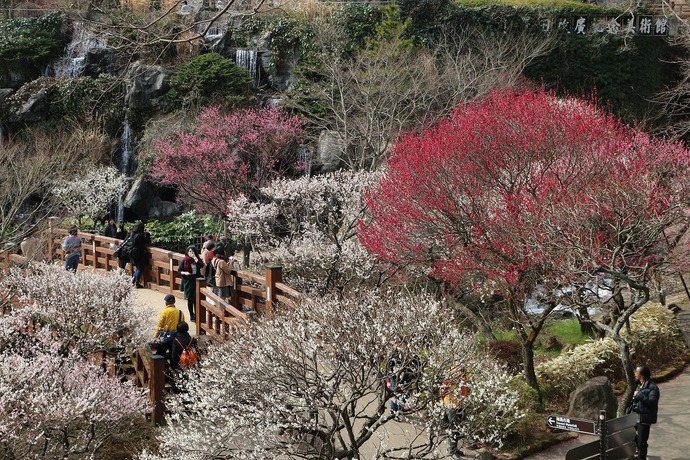
It is known for having the earliest blooming plum blossoms in Japan and the latest autumn leaves in Japan. There are 469 plum trees of 60 varieties in bloom, including some that are over 100 years old. There are various types of plum blossoms, including early-blooming, mid-blooming, and late-blooming, so you can enjoy them over a long period of time. The Plum Festival is held every year from early January to early March.
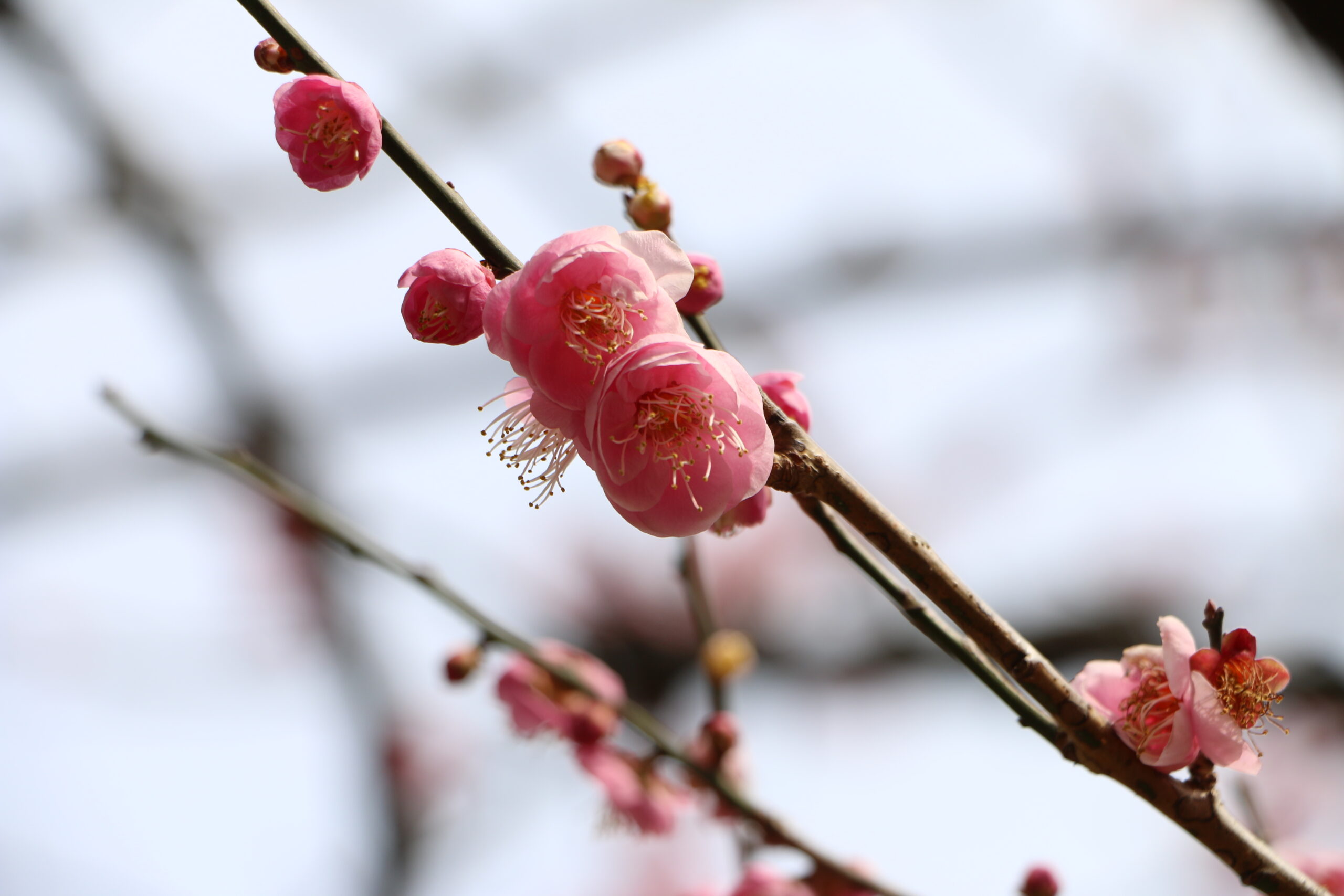
Access: Take the Ito Line from JR Atami Station for about 3 minutes → Get off at JR Kinomiya Station → Walk for about 10 minutes. Take the bus bound for “Ainohara Danchi” from JR Atami Station for about 15 minutes → Get off at “Umeen”
6. Lake Hamana Garden Park [Hamamatsu City, Shizuoka Prefecture]
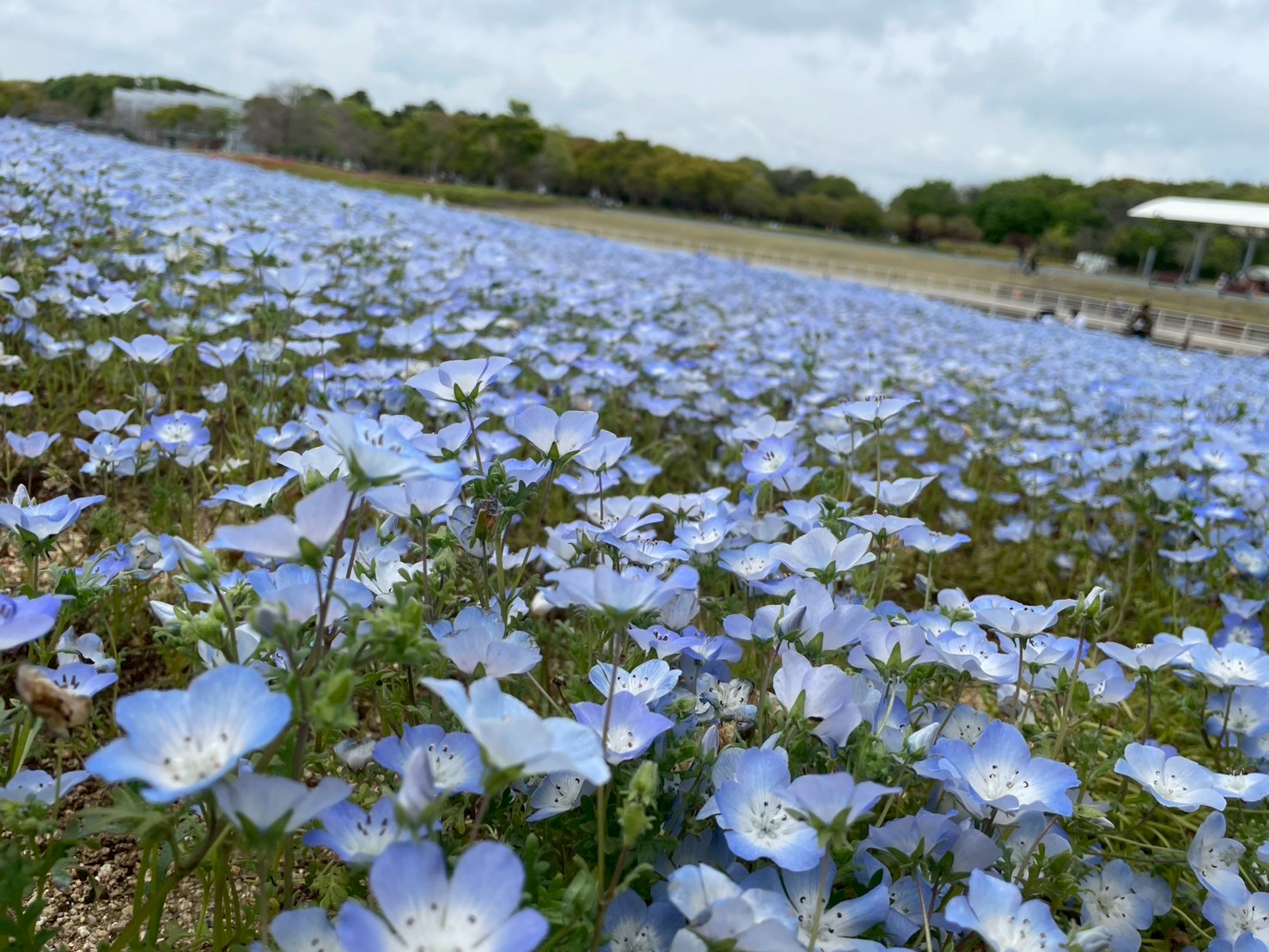
While feeling the breeze of the lake amid the beautiful natural scenery of the shores of Lake Hamana, you can enjoy the “Flower Museum”, modeled after Monet’s garden, which spreads out behind the great rose arch, as well as international gardens that recreate traditional gardens from Asia and Europe.
The 50m-tall observation tower is a viewing spot that offers a panoramic view of Lake Hamana, the Enshu Nada Sea, and Mt. Fuji. You can also be amazed by the spectacular views and flowers that bloom in the garden park, such as the fields of nemophila in spring, sunflowers in summer, cosmos in autumn, and cyclamens in winter.
You can enjoy a pleasant stroll surrounded by the refreshing light and breeze of the lake and flowers.
